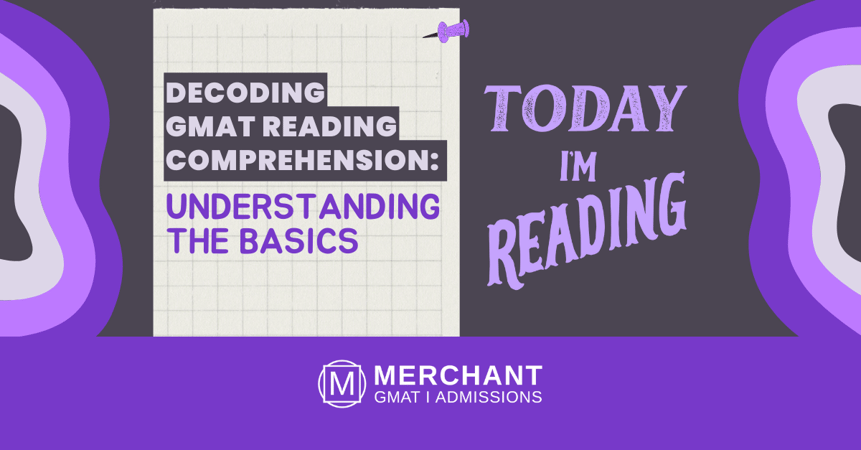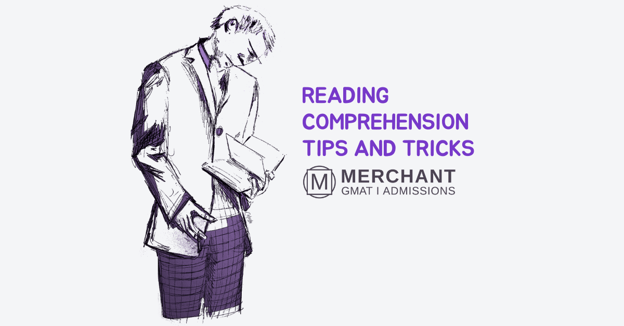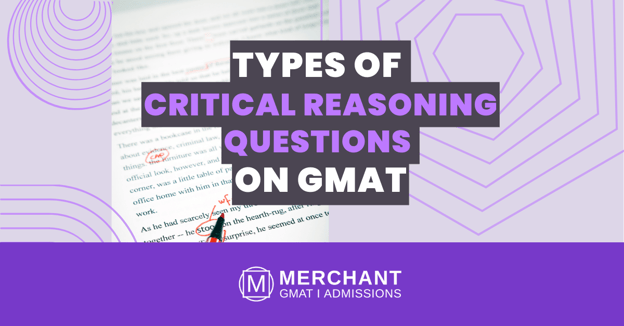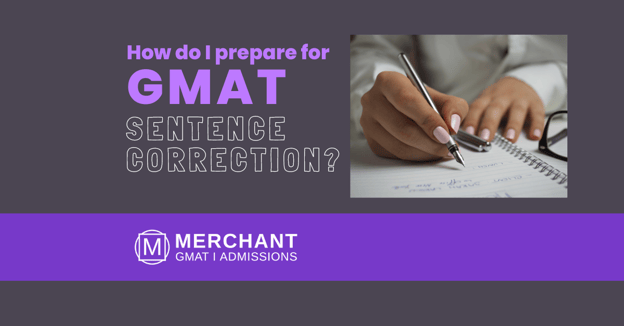Decoding GMAT Reading Comprehension: Understanding the Basics

Are you preparing to take the GMAT exam? If so, then reading comprehension is an integral part of your journey. However, decoding GMAT Reading Comprehension can be a daunting task if you don’t know where to start. Fortunately, understanding the basics of this section is simpler than it might appear at first glance – and we’re here to help! In our blog post we will break down some essential information about how this component works and provide tips on how to approach studying for it. So keep on reading if you want to gain a better insight into comprehending difficult passages quickly and efficiently.
What is GMAT Reading Comprehension and why should you care about it
GMAT Reading Comprehension (RC) is a critical skill to understand if you want to earn a high score on the GMAT. Since all questions are based on passages, it's important to be able to read carefully in order to identify key details that help you answer questions correctly. RC also involves honing your overall comprehension skills, as well as developing your ability to identify the author’s purpose and how they support their argument. Although there are multiple sections on the GMAT, it's easy to see why mastering this skill is so important; without strong reading and reasoning abilities, you won't be able to effectively excel in other areas such as Critical Reasoning or Data Sufficiency. Consequently, it pays off to put time and effort into preparing for the GMAT Reading Comprehension section - doing so may even improve your scores in other sections!
Breaking Down The Basics of GMAT Reading Comprehension
Understanding the fundamentals of GMAT RC is important for any test-taker in order to achieve exactly what the elements of this section are intended for - detecting relevant information and effectively answering questions based on that information. A vital starting point involves comprehension - not only understanding the text itself but being able to identify the keywords of a given question. These are usually nouns, verbs and adjectives, which serve as headline points when attempting to summarize a complex passage. In addition, it is helpful to structure your responses to reading comprehension questions by first writing down key facts and then linking them together, before finally creating an overall understanding of the text. This is especially useful when reading particularly long sections of text where details can be missed or forgotten. Taking this step allows logical organization and thus a clearer insight into what is expected in terms of answers from a test-taker.
Exercises To Improve Your GMAT Reading Comprehension Skills
If you're looking to bolster your GMAT reading comprehension skills, you should definitely embrace exercises such as reading aloud, following what you read while also paying attention to time management. Additionally, it would be immensely beneficial for you to practice analyzing arguments - this will help sharpen your skills and give you a much better grip on the content presented in the passage. Writing down notes about particular parts of the text will also help strengthen your reading comprehension abilities. With enough dedication and effort, some innovative practice techniques will help improve your performance.
Addressing Common Mistakes Made In GMAT Reading Comprehension
Being able to accurately identify the main idea and important details in a GMAT reading comprehension passage can be difficult for even the best test takers. During your preparation for this challenging exam, it is important to recognize the common mistakes that occur when tackling a reading comprehension problem. Especially in shorter passages, many people make errors with regards to identifying the main idea or they overlook certain key details that are hidden in the text; as a result, their answers will always be incorrect. The best way to avoid these types of oversights is by understanding the structure of each passage and making annotations while you read. Keeping these techniques at the forefront of your study plan will give you an edge on those all-important practice exams!
Strategies & Techniques To Ace GMAT Reading Comprehension Section
An important part of acing the GMAT Reading Comprehension Section is understanding the strategies one can employ to illuminate the texts. Skimming and scanning, for example, are invaluable tools for quickly decoding a passage and establishing an overall grasp on it. Skimming involves quickly reading to identify key words or phrases, while scanning consists of searching for specific information around a particular concept. Furthermore, rightly analyzing and understanding the question stem itself is essential — even more so than finding the answer in the passage itself — as it allows you to determine exactly what type of inference or comprehension should be deduced from the text. While there are many strategies to master the GMAT Reading Comprehension section, exploring the concepts mentioned above will equip examinees with a sturdy foundation to build on.
In conclusion, GMAT Reading Comprehension is an important component of the GMAT exam that you should prioritize. To ensure success on the reading comprehension section it is essential to break down the basics and address common mistakes such as main idea errors and overlooking important details. Additionally, it is immensely helpful to practice exercises that hone your reading comprehension skills, use skimming and scanning strategies, draw inferences from the text, and identify key words to help structure your response. With practice comes confidence; boosting your performance on test day is certainly achievable! Acceptance into the graduate program of your dreams is attainable with hard work and professional guidance from Merchant GMAT's expert team. Don't just apply; stand out!
Ready to Start?
Fill out the form, and a member of the Merchant Sales Team will be in contact with you shortly to discuss your MBA journey





